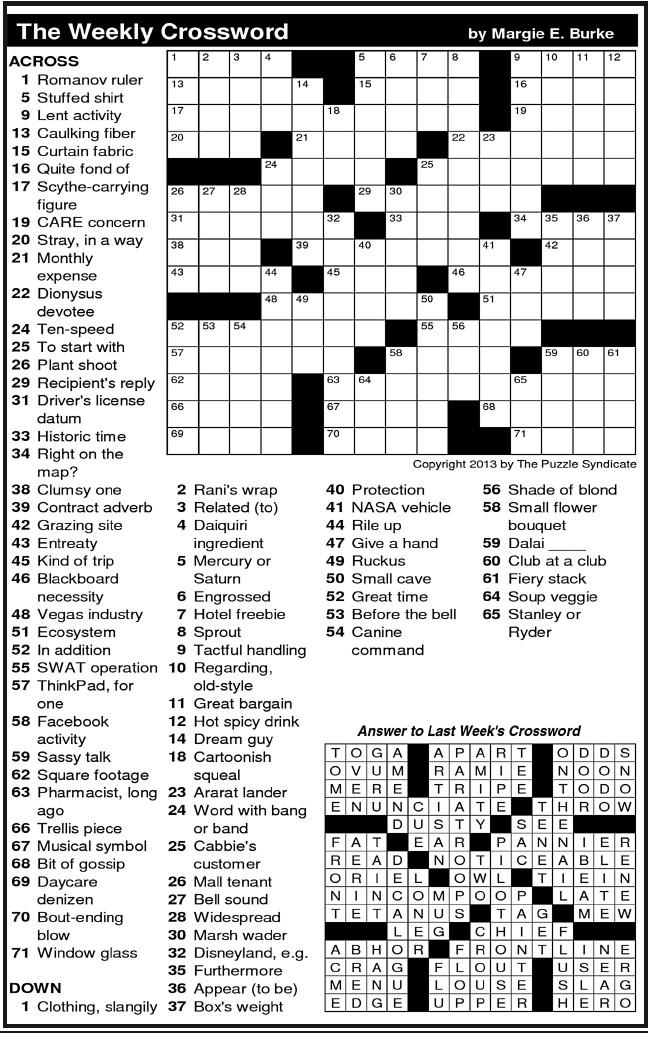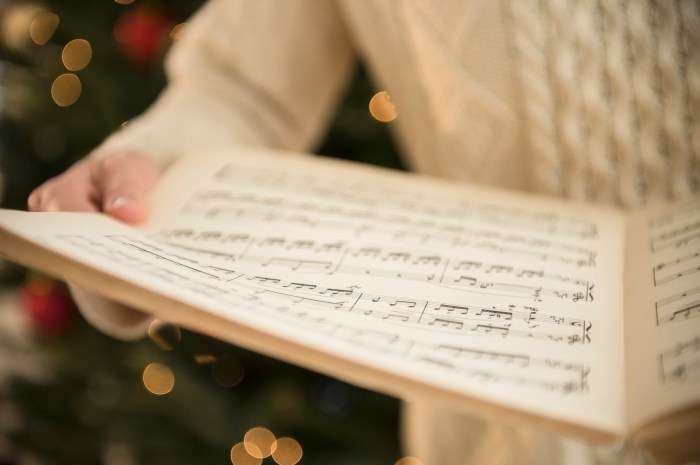Visual Artists To Photographers
Over 623 performances, artists studios, satellite events and group shows showed off the transformed north Brooklyn neighborhood and its thriving art scene at Bushwick Open Studios, beginning Friday May 30, and concluding Sunday June 1.

The annual event, begun in 2007, celebrated its eighth year with more shows and events than ever before. This year’s open studio’s were spread through north Brooklyn in East Williamsburg, Bushwick and into Ridgewood. The event is organized by an all-volunteer team that works year-round to support local artists.
One slight alteration this year was the decision to require individual artists to have a year-round presence in Bushwick to participate, meaning they must either work, live, or have a studio in the neighborhood. For group shows, 50 percent of the artists had to meet this requirement.
Arts events were set-up in myriad places; in apartments, group shows on the street, and installations and performances in parks around the neighborhood. Local businesses also participated, including some that have no traditional connection to the arts, like a laundromat.
Norman Jabaut showed some new work at Norte Maar, Bushwick’s longest running nonprofit arts organization, co-founder Jason Andrew said. The show for Jabaut’s work was curated by Andrew.
Norte Maar collaborates to present several other events throughout the year, including the upcoming selection of contemporary drawings from Arshile Gorky, later this month.
Another event collaboratively presented by the nonprofit in June will be a sound event–a multiple site specific sound performance by Ridgewood Artists Andrew Hurst and Shona Masarin–during a celebration of the summer Solstice, at Socrates Sculpture Park in Astoria.
The nonprofit arts collaboration group was founded in 2004, “because we were concerned about the lack of collaboration between the visual arts,” Andrew said. It seeks to bring together artists from different disciplines to work on projects that amplify each other’s work, which include writers, poets, performance artists and ballet dancers.
“Norte Maar for collaborative projects in the arts creates, promotes and presents collaborations in the disciplines of visual, literary, and the performing arts: connecting visual artists, choreographers, composers, writers and other originating artists with venues and each other,” according to the nonprofits’ online content.
This year, for Bushwick Open Studios Norte Maar decided to focus on the “found assemblage work” of Jabaut, Andrew said. Originally from Plattsburgh, Jabuat has traveled extensively and does most of his work at his home in Jay, New York.
The work Jabuat showed at open studios was minimalist, installationstyle sculpture, made mostly from discarded items.
“Jabaut draws inspiration from the natural world reclaiming the industrial and vice-versa. His materials are collected from seashores and abandoned sites alike,” his biographical essay, hosted on the website explains.
He is also “inspired by the American landscape of discarded objects, be them industrial or domestic items such as a metal frame for a conveyor belt or a wooden kitchen chair,” Jabuat said.
Concerning the importance of Bushwick Open Studios to Jabuat as artist, “[it] is an important aspect to my existence in Bushwick,” he said.
“BOS has allowed me each year to converse with my neighbors about the strong aspect of community in the art scene and how the big ‘ego’s’ and curatorial nature of other art groups is still relatively absent from BOS still. The New York art world will still continue to pan certain Bushwick art establishments, but the key is that BOS allows them to participate in an art event that does not require ‘thousands of dollars’ as an entry fee to be seen,” Jabuat added.
Photographers Ray Henders and Joanne Leah showed work at their home. They own a large photo printing machine that is kept on the first floor, making the duo something of a self-contained, cottage industry for high quality photography. They also have a print studio in their apartment where they produce original work.
Henders, originally from Chicago draws inspiration for his work from that city of Big Shoulders.
“I was just sort of inspired by the Chicago train,” Henders said.
Some of the photos at the show were shots of local trains rumbling through the neighborhood where he now lives.
“When I moved to Bushwick, I was very inspired by the elevated train lines, I was drawn to that,” he said. “I was also interested in the history of Bushwick and how things like old signs are disappearing so quickly.”
He captured some of the images shown with a cheap, toy camera, in part because “it’s less assuming on the streets of Bushwick,” he said.
Of this work, Henders said, “It’s about the stuff that is disappearing in Bushwick.”
The “most recent black and white Bushwick work was inspired the history of the neighborhood. I was drawn to the train lines and the fading signage, from a more prosperous time in the neighborhood,” he said.
Leah, a photographer as well, described the distinction between the two artists work as “he’s more documentary, with portraits. It’s a good balance. He uses a more black and white, while I tend to use a lot of color,” she said.
“To me, art is the search for bravery and honesty,” Leah added. “My work is inspired by personal storytelling.”
For Leah, Bushwick Open Studios is about “connecting with people,” she said.
To Henders, the events are a way to celebrate local artists.
“Most important to me as an artist in Bushwick is giving a voice to all artists in Bushwick, not just those being shown in ‘Galleries.’ Open Studios is about giving the public a chance to see artists work, in progress in the environment they created it. Not about ‘curated’ shows,” Henders said.


































